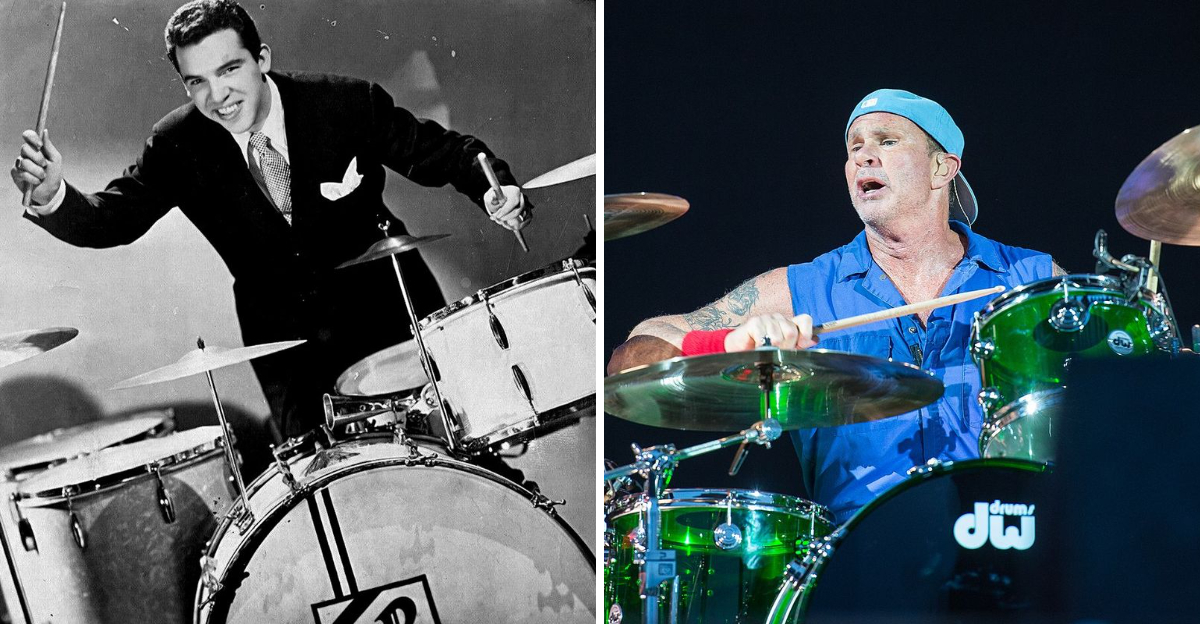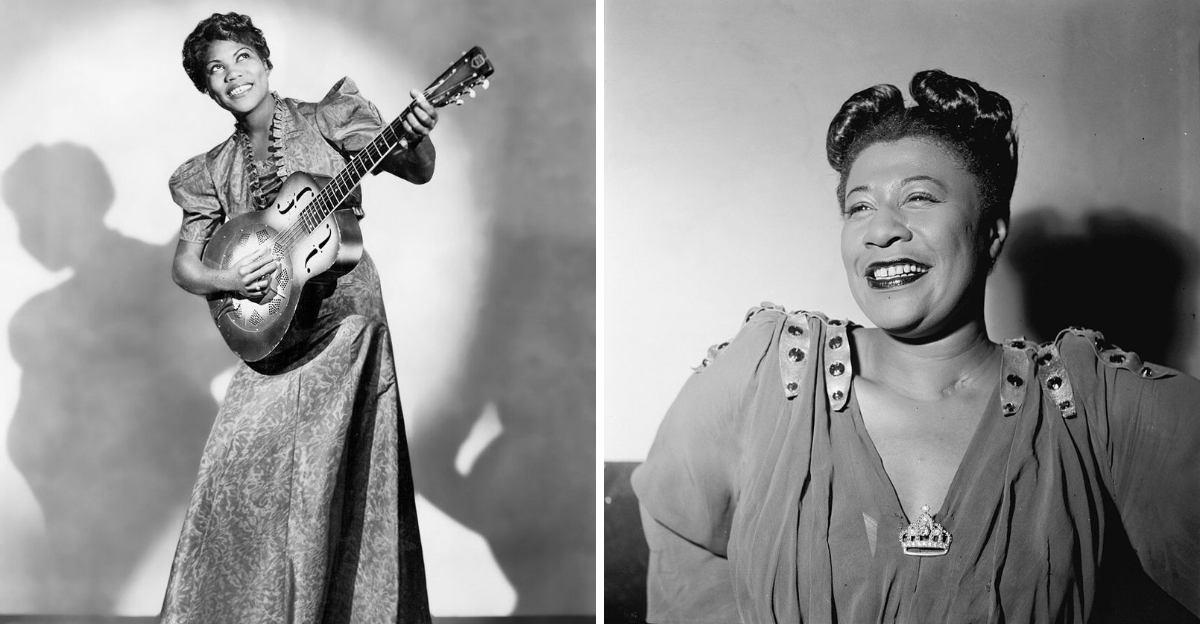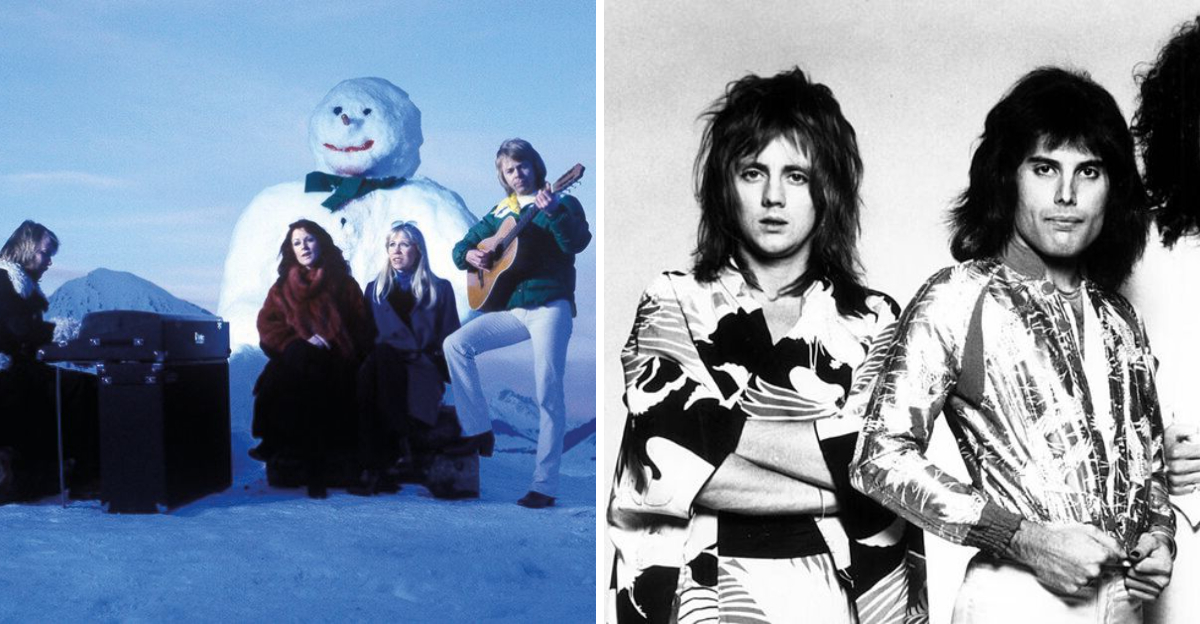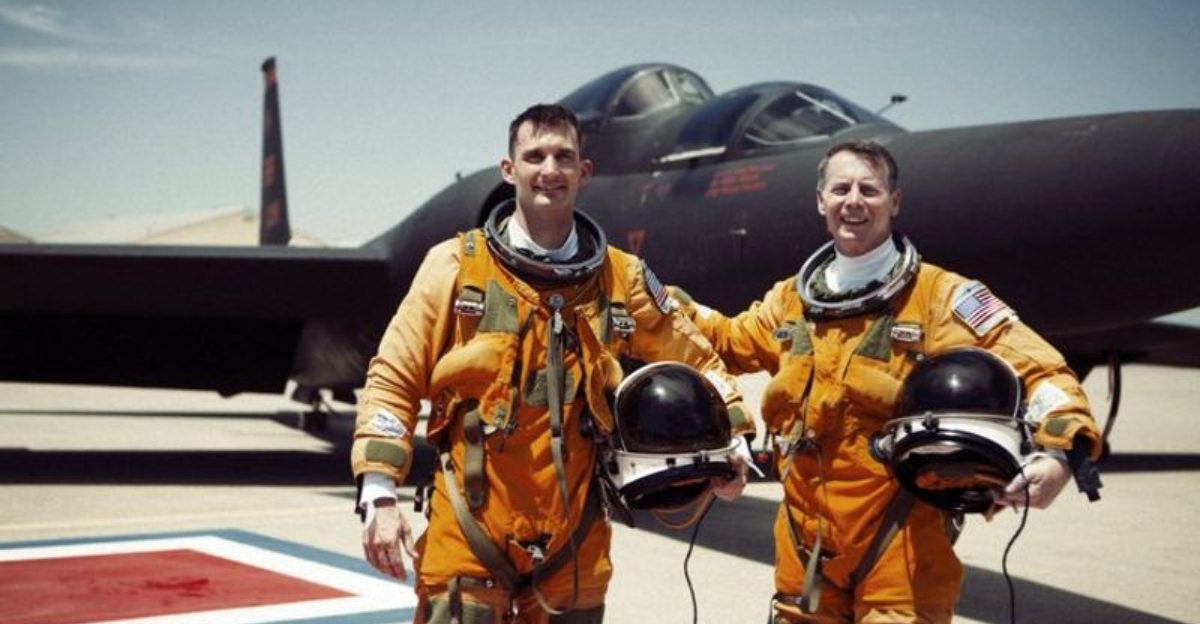8 Old TV Shows That Pulled a Historical Rewrite Right Under Our Noses
Television has shaped how we remember the past, but not everything on screen reflected historical reality.
Old TV shows often tweaked facts, glossed over uncomfortable truths, or romanticized eras to make them more palatable for audiences.
Here are eight classic programs that quietly rewrote history while entertaining millions of viewers.
1. M*A*S*H
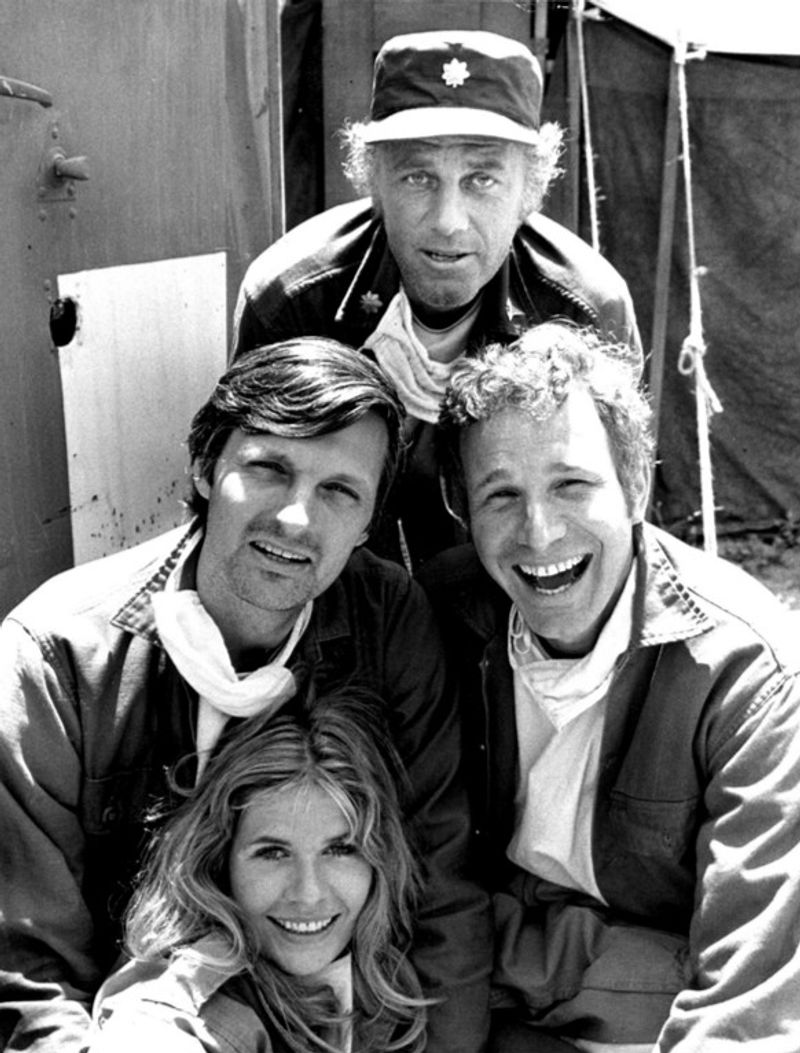
Set during a war that lasted three years, this comedy somehow ran for eleven seasons. Characters aged slowly while real soldiers rotated home quickly.
Violence got sanitized into laugh tracks and witty banter. Actual battlefield conditions were far grimmer than Hawkeye’s martini-fueled antics suggested, making viewers forget war’s true horror.
2. Happy Days
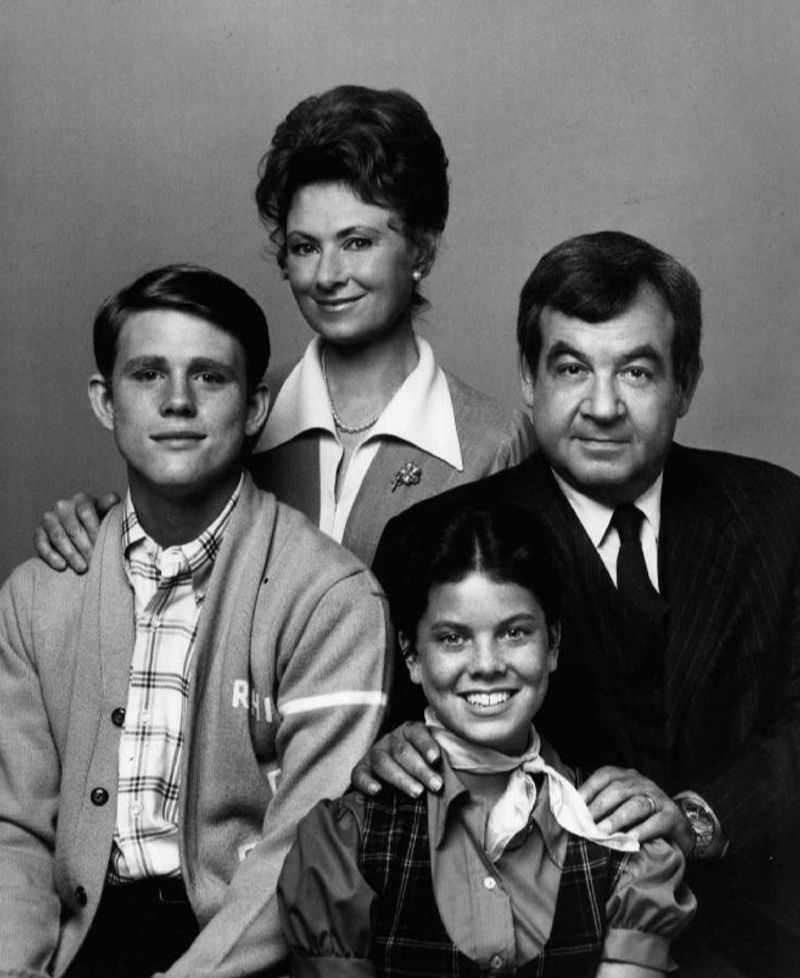
Nostalgia painted the 1950s as innocent perfection, conveniently erasing segregation and social upheaval. Fonzie’s leather jacket became cool, but real greasers faced prejudice.
Women mostly stayed home in aprons while actual ladies fought workplace discrimination. Racial diversity? Practically invisible, despite Milwaukee’s actual diverse population during that era.
3. The Brady Bunch
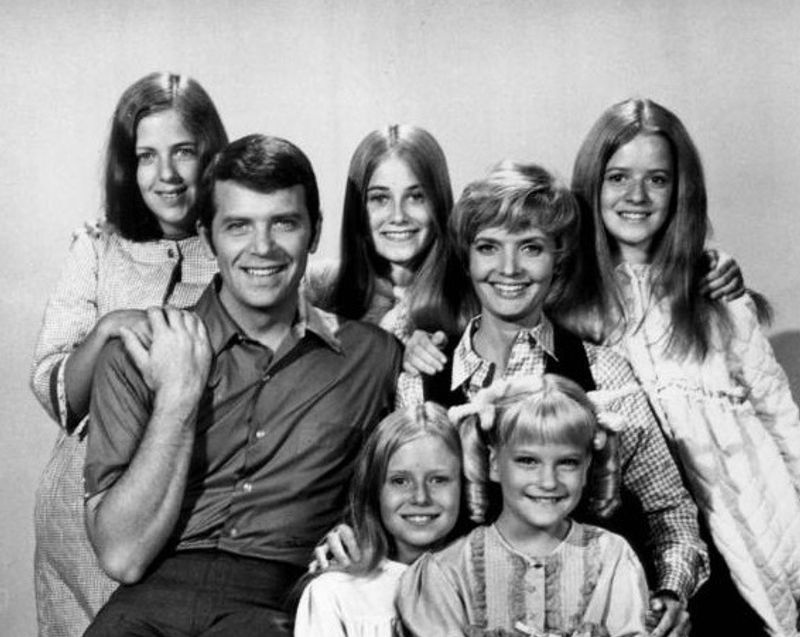
Blended families suddenly seemed effortless, with zero custody battles or stepsibling rivalry. Mike Brady’s architecture career magically supported nine people plus a live-in housekeeper.
Social issues vanished behind sunshine and matching outfits. Real 1970s America grappled with economic struggles and cultural division, but the Bradys lived in perpetual suburban paradise.
4. Little House on the Prairie
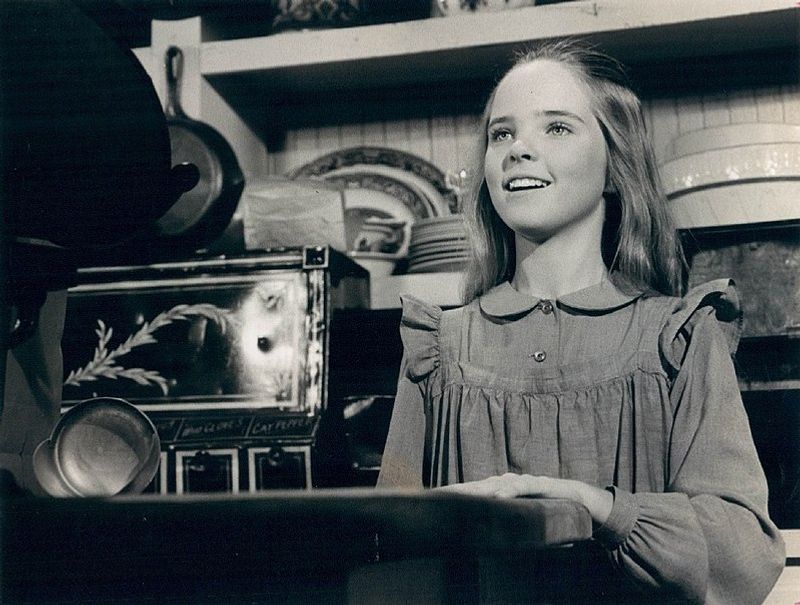
Pioneer life looked wholesome and manageable, glossing over disease, starvation, and brutal winters. Native American displacement got minimal airtime despite being central to westward expansion.
Children worked hard but always learned valuable lessons. Reality involved higher mortality rates and far less heartwarming music playing during sunset moments on the frontier.
5. I Love Lucy

Marriage appears hilariously complicated yet ultimately perfect, masking real domestic challenges of the 1950s. Lucy’s schemes wrap up neatly within thirty minutes.
Interracial marriage between Lucy and Desi broke barriers but downplayed Cuban culture significantly. Gender roles stayed rigid despite Lucy’s constant attempts at independence, reinforcing traditional expectations.
6. The Waltons
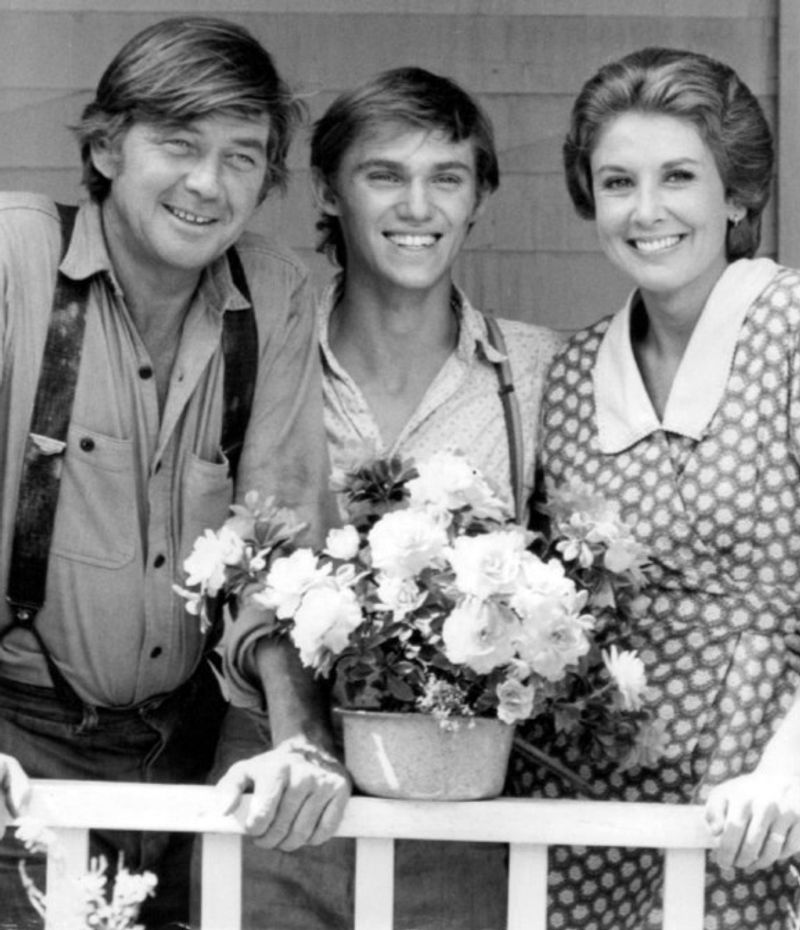
Depression-era poverty feels surprisingly warm as families stay close with unwavering love. Everyone speaks eloquently and absorbs moral lessons every night.
Real economic desperation drove families apart and created lasting trauma. Hunger, homelessness, and despair got softened into gentle hardship that always resolved before bedtime prayers ended each episode.
7. Hogan’s Heroes
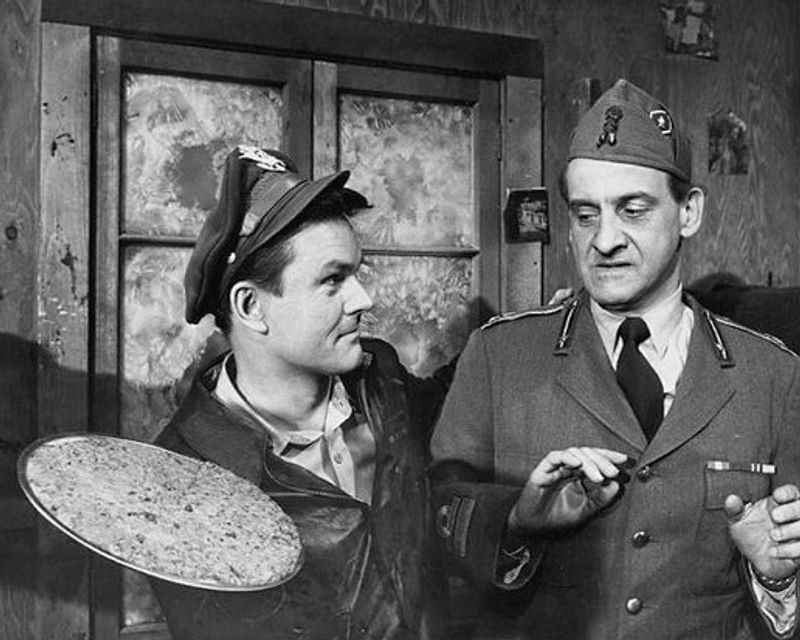
POW camps became settings for comedy, which feels wildly inappropriate given actual wartime atrocities. German guards appeared bumbling and harmless rather than dangerous.
Real prisoners faced starvation, torture, and death. Making light of captivity trivialized genuine suffering, turning concentration camp horrors into punchlines that would never fly today.
8. Bonanza
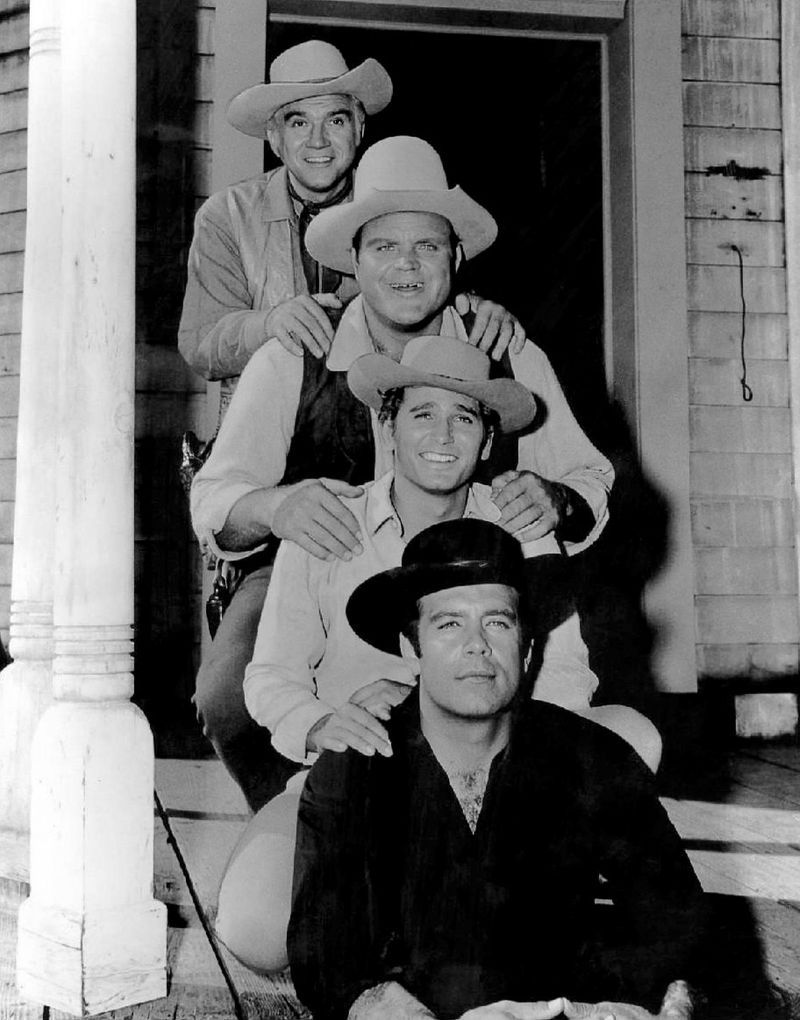
Western expansion looked noble and heroic, ignoring genocide and land theft. The Cartwrights solved problems with fists and wisdom, rarely facing legal consequences.
Native Americans appeared occasionally as props or threats. Women stayed scarce in a male-dominated landscape that romanticized violence while preaching family values and frontier justice.

